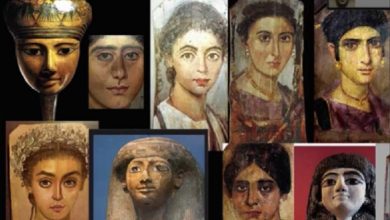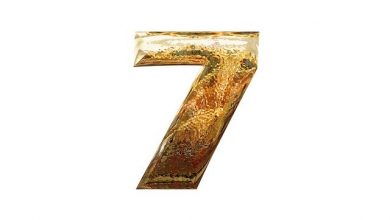Where did expression ‘crusade’ come from and how did crusaders appear?
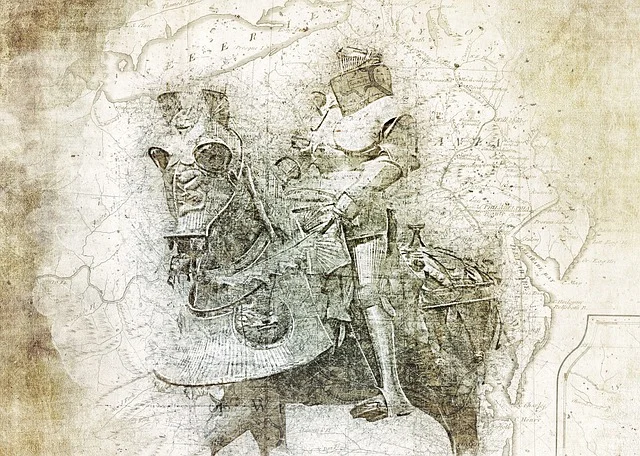
Although the Pope personally blessed them for “crusades” while bowing before the Holy Cross, the so-called “crusaders” had nothing to do with Christianity. These “warriors of light” were unconcerned about the redemption of lost souls or the benefits of God. Scientists have long voiced their displeasure with these out-of-date phrases, recommending that they be phased out.
Who benefited from bringing diverse medieval battles together in this manner, and why? Consider a grand conflict between good and evil, Christianity and Islam, civilization and savagery.
Archaeological discoveries made recently
A diver uncovered a very remarkable find off the coast of Israel not long ago, this autumn. It was a sword from the Middle Ages. The item is covered with shells, but it is otherwise in excellent condition. Archaeologists have meticulously cleaned the weapons. The sword turned out to be from the Crusades period and belonged to a knight.
Even though it was widely publicized, nothing is known about the relic. Archeology is a science that requires patience, precision, and meticulousness. Every one of the tiniest details must be given the utmost care. Despite this, stories of the “crusader’s” sword went over the globe. This out-of-date word has sparked passionate controversy in historical circles for many years.
Why are the words “crusader” and “crusade” incorrect?
The majority of scientists agree that such phrases should be phased out quickly. Of course, they’re useful for explaining notable events from a certain period. How else to characterize and explain the “holy” battles fought by the West against the East in those days? It turned out that tying Christian values here was good for everyone. However, not every Christian was a “crusader,” and not every “Crusader” was Christian. Furthermore, efforts were launched against Muslims and Jews, and even Christians who shared similar beliefs.
In its contemporary definition, the name “crusades” refers to a series of religious battles conducted between 1095 and 1291 by Muslim and Christian troops. It’s a lengthy and enthralling tale. Historiographers are still debating it now. Drama films, literary books, and epic computer games all romanticize and immortalize this period. All of this makes sense, but the true purpose of these “holy” conflicts was very different. They were also not sacrosanct in any way.
It all began in 1095, when Pope Urban II gave a fiery sermon on the need of conquering Jerusalem. European monarchs were expected to own the sacred city. This was the start of a series of military operations against Muslims. In 1099, Jerusalem was captured. Then, in the East, a number of minor principalities were formed. They are now referred to as “the crusader states.”
Only a century later, the concept of adopting a holy pledge to join in such armed expeditions arose. It was improved and polished by many Popes over this period. The “church founders” intentionally cloaked themselves with Christianity in order to achieve infinite power and fortune.
Indeed, no one could be inspired by the phrase “make us wealthier and give us global dominance.” However, defeating the adversaries of real faith and reaping monetary and spiritual benefits is a different story. All who refused to submit to the Pope’s authority are considered heretics and atheists, and their fate is known.
These conflicts were not known as crusades at the time. Furthermore, these were not the only events that occurred in the Middle East and Europe throughout these two centuries. The “crusaders,” as they are now known, were a small group of people. It is incorrect to refer to the “period of the crusades” or to refer to all of the minor principalities that arose and subsequently collapsed during that time as “states of the crusaders.”
There wasn’t a single person there with a single identity. During this time, the people of this portion of the Middle East and North Africa were a very diverse group. There were Christians, Muslims, Jews, and a variety of other faiths represented. They spoke various languages and belonged to various ethnic groups. These were not religious zealot soldiers, but rather historical figures. During a period when there was a lot of violence.
Experts in Islamic art history debate whether key objects like the Mamluk sultanate may be assigned to the “crusader” era. This is seen as inherently faulty and discriminatory by them. It reminds me of European colonial arrogance. At the same time, the Middle East is often depicted as a country populated by primitive barbarians.
The causes for this condition of things are difficult to comprehend. After all, the name “crusade” was anachronistic from the start. Only a handy method to bring all of the highly perplexing, separate occurrences with an infinite range of reasons together into a single whole. Any questionable military action may, of course, be justified as a “crusade.” As a result, the phrase has remained. It became commonplace, exhibiting dominance and compelling accusers to remain humbly mute.
This happened much later than the beginning of the medieval “Christian” holy wars. When the so-called “period of the crusades” was coming to an end in the early 1200s, the Latin term crucesignatus, or “marked with a cross,” first arose. The terms “crusader” and “crusade” did not emerge in English until the early 18th century. This era of warfare between the Christian and Muslim civilizations for global dominance was conveniently described by Victorian historians as a fight between good and evil. It also made justifying European colonization simpler. Enlightened Europeans delivered civilization to the “black” representatives of other ethnicities.
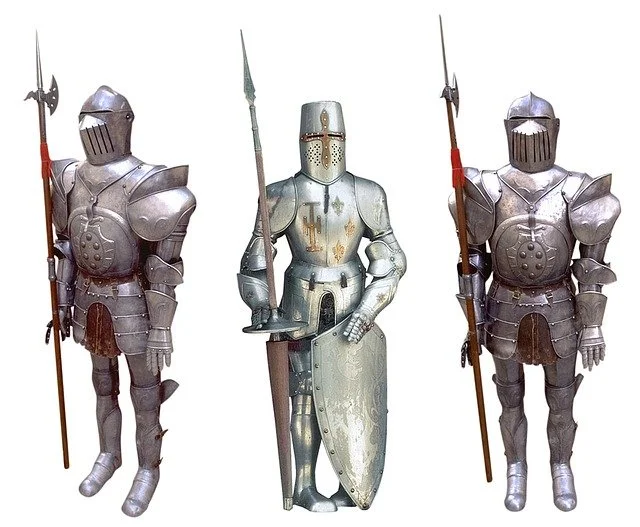
Presenting the conflict between Christianity and Islam as a battle between civilized mankind and barbarians is an effort to replace historical facts with fiction. The crusades were not just carried out against Muslims, as previously stated. More crucially, they came to an end, allowing Europe and the Middle East to enjoy an era of freedom and interdependence. The Crusades were not, by any means, the most momentous events of the Middle Ages.
The Muslims referred to them as “crusaders.”
The Arabic literature of the period makes no reference to “crusaders.” In the Middle East, everyone who is now referred to as such was formerly referred to as “Franks.” This label was known to almost all Europeans, which gave the term “Frankish” a negative meaning. This is how Muslims referred to individuals whom they regarded as “unwashed barbarians”!
Of course, the phrase isn’t entirely correct. After all, medieval Europe was much different from today’s Europe. However, this phrasing is important to the plot. Furthermore, “crusades” do not have the same prominence in Arab sources as they have in European ones. In light of the above, I propose at least attempting to communicate with humanity’s history without present preconceptions. Many chivalry orders arose during the Crusades period. The Knights Templar was one of the most powerful of them.
Crusader is not someone who battled in the Middle Ages in the name of Christ
Crusaders! When most people hear this name, they picture knights in iron armor from some European medieval dynasty. The Crusader should ideally be a tall, beautiful young Caucasian guy. Genetic scientists, like others throughout history, have debunked this long-held misconception. Experts have shown that the widely held belief that “crusader” equals “European” is incorrect. This was proven by archeological findings uncovered during excavations in the Lebanese city of Sayda.
The city of Sidon
In the 4th millennium BC, the earliest towns emerged on the location where Sayda (as locally called) is presently situated. However, in the 1st century BC, this city-state attained its true strength and splendor. Then it was given the name Sidon.
The city, which was one of the provincial hubs of the Eastern Roman Empire (Byzantium) at the time, was overrun by the Arabs in the middle of the seventh century AD. Following that, the Romans attempted to recover Sidon multiple times, since the city had tremendous symbolic and religious value for Christians.
More than a dozen times in the Bible, this city is referenced. Its name is related to that of Canaan’s firstborn, who was also known as Sidon. Furthermore, Jesus Christ and the Apostle Paul both visited the city on many occasions.
Sidon’s past made it one of the most important targets for the European crusades. The Crusader army, led by Jerusalem’s King Baldwin I and Norway’s King (ruler) Sigurd I, pushes the Arabs out of Jerusalem and takes it in 1110. Sidon remained under Christian authority until 1249 when the Saracens’ army destroyed it.
Excavations in the city of Sayda, Lebanon
Scientists uncovered two trenches containing human remains while excavating the ruins of the ancient fortification of Sidon (now the city of Sayda, Lebanon) in 2019. Two and a half dozen male skeletons were discovered in all. Paleontologists are studying this discovery.
The identification of the human remains, on the other hand, was immediately determined. Archaeologists concluded that the bones belonged to crusader warriors after scrutinizing the artwork on the belt buckles as well as various coins discovered in the tomb. According to radiocarbon tests, the bones were discovered in the 13th century AD.
The crusades were carried out with remarkable regularity during the period. According to the experts, the dead might have been the “soldiers of Christ” who defended Sidon and represented the Saracen army’s mass. All of the corpses belonged to males, and there were unmistakable signs of brutal death on them.
Stereotypes vs. genetics
Genetic testing was performed on nine of the 25 bones. Then the real fun started. Scientists were meticulous in their work, and some of the data were even double-checked. The outcomes, however, remained the same.
According to DNA tests, one of the remains belonged to a middle-aged male from the island of Sardinia. The two persons slain shared Middle Eastern and European genetic characteristics – immigrants from Asia Minor, southern Italy, and Ashkenazi Jews. Northern Italians or Basques made up the other two.
The DNA of the final four skeletons, though, was the most intriguing. They turned found to be the bones of humans who carried DNA from the Middle East and North Africa. These four males were genetically closest to residents of Lebanon in the II-VI centuries, as well as present Lebanese.
Of course, it’s safe to believe that Christians and Muslims were hurriedly interred in the same “mass grave” during (or after) the brutal struggle. Theoretically, this is feasible. On the other hand, scientists feel that a different account of what occurred is more plausible.
The crusaders’ primary opponents in the 13th century
It is important to take a little detour into the history of the medieval crusades to comprehend the issue completely. So, using the various papers (both Christian and Muslim) available to historians from the XII-XIII centuries AD, researchers may determine which peoples’ representatives fought against the crusader troops at the time.
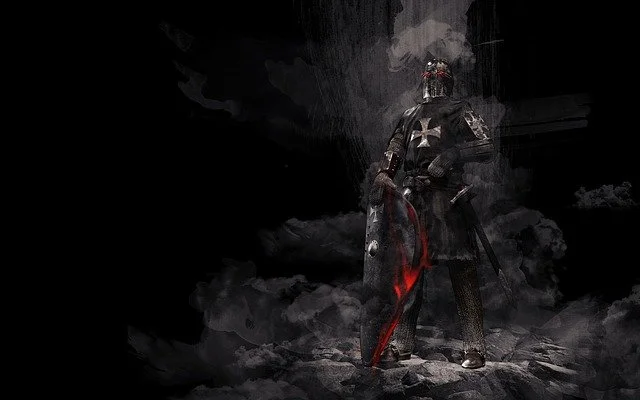
The desert Bedouin tribes and immigrants from contemporary Egypt, Iraq, Turkey, and Syria were the principal opponents of the “soldiers of Christ” during the time. DNA analysis would, of course, reveal the existence of these people’s genes. The worldwide authority group of genetic experts, on the other hand, found nothing of the like.
Who are Christ’s soldiers?
Now for the essential part. Four Middle Easterners discovered that buried in a pit near Sidon had genetic characteristics similar to those of current Christians in Lebanon. As a result, the researchers believe that the crusader forces were often recruited from the local population in the areas where the battles took place.
In the case of the “half-breeds,” scholars universally agreed that these warriors may be the offspring of European or Middle Eastern visitors who married local women in mixed marriages (or casual relationships). Furthermore, it is quite likely that these men’s parents were among the first crusaders to take part in the invasion of Sidon in 1110.
As a result, genetic experts demolished the long-held belief that the crusaders were primitively European fighters. The “Army of Christ’s” forces were largely made up of transitory armed units. And the crusades are a lucrative business. How to get a feudal allocation from the church after the conclusion of the conflict, as well as participate in Muslim thefts.
As a result, the crusaders’ rank and file were ordinary mercenaries. There is no such thing as a single race or genetic composition. True, such “rabble” did not stop them from terrorizing the “faithful” in the Middle Ages.

